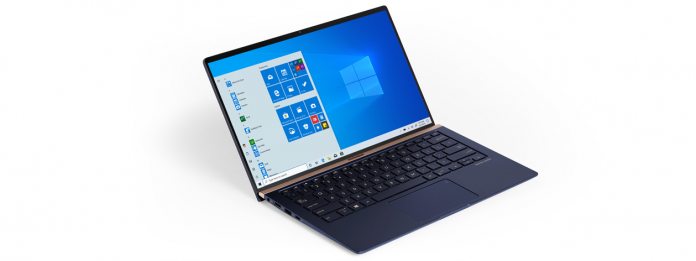Microsoft is readying its new Group Policies for Human Presence on Windows 10 and should be publishing soon. This is an important release because it will give admins the ability to lock unattended PCs.
Group Policies for Human Presence is now a part of Windows 10 Build 21332 on the Windows Insider Program. This is a Dev Channel release so it will ship with Windows 10 21H1 in May.
Microsoft has not explained how the feature works. However, it is likely to a combination of Windows services will be used, including Bluetooth and Windows Hello. Signals from user smartphones will likely function to tell admins when a user is away from their PC.
First noticed by @teroalhonen https://t.co/1z9fLuRUCJ
— Aggiornamenti Lumia (@ALumia_Italia) March 11, 2021
Importantly, users will be able to use Group Policies for Human Presence to handle those times they are not attending their PC. The following actions will be available:
- “WakeOnSwitch: Automatically wake my device when I approach
- WakeDistance: Wake up my device when I am (x distance away)
- SensorSelect: We detected multiple sensors on your device. Which sensor do you want to use?
- LockTimeout: Turn my screen off after (x time)
- LockOnSwitch: Automatically turn off my device’s screen when I leave
- LockDistance: When I am more than (x distance away)”
Remote Work Benefits
While the tool will have benefits in the normal work environment, it will because especially useful for remote work. During the COVID-19 pandemic, millions of people worked from home and many of them will continue to do so.
It’s easy to see how these group policies will allow employees to ensure PC safety when they are not in a secure on-premises environment.
Tip of the day:
Did you know that as a Windows 10 admin you can restrict user accounts by disabling settings or the control panel? Our tutorial shows how to disable and enable them via Group Policy and the registry.




